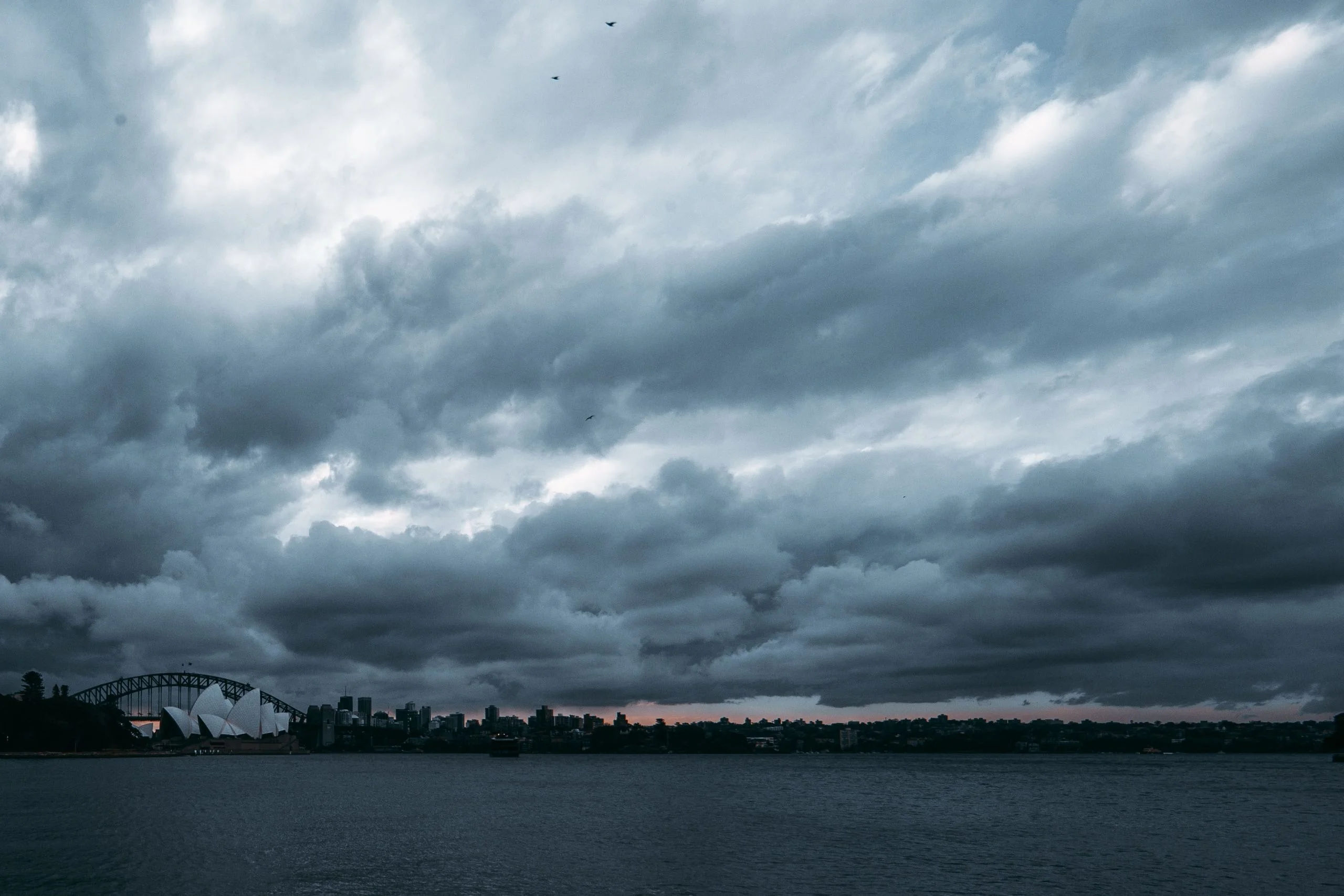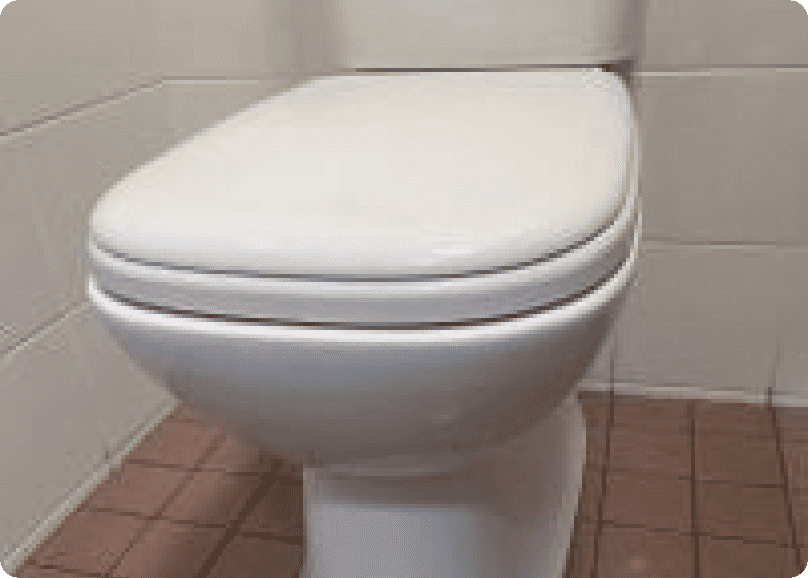La Niña; How To Prepare Your Home For A Wet Summer
- William Demirdonder
- Nov 29, 2021
- No comments
- 15-minute read

Australia’s Bureau Of Meteorology has declared a La Niña weather event is now underway with Australia’s wettest spring in decades to last well into our Summer.
With La Niña here to stay for Summer, we’re likely to see significant rain events and sudden storms all up and down the east coast.
Accompanying the big wet comes an increase of home plumbing issues like blocked drains, blocked gutters, blocked stormwater drains and leaks. Issues like this, when not dealt with immediately can have sudden, dramatic effects on your home’s plumbing system, even resulting in an emergency plumbing situation.
In this article we will address:
At Proximity Plumbing, we serve to bring the best preventative information to our customers so they can avoid the 2am call out to us. However, in the event of an emergency or any plumbing related issue, our local eastern suburbs team is ready and on standby to assist. We have a 30-minute on-site guarantee for our eastern suburbs customers and we offer over the phone guidance on what to do next should you be in a plumbing crisis right now. Please call our team on 0420 102 394 now to speak with our friendly team.
El Niño and La Niña events are a natural part of the global climate system. They occur when the Pacific Ocean and the atmosphere above it change from their neutral (‘normal’) state for several seasons.
El Niño events are associated with a warming of the central and eastern tropical Pacific, while La Niña events are the reverse, with a sustained cooling of these same areas.
These changes in the Pacific Ocean and its overlying atmosphere occur in a cycle known as the El Niño–Southern Oscillation (ENSO). The atmosphere and ocean interact, reinforcing each other and creating a ‘feedback loop’ which amplifies small changes in the state of the ocean into an ENSO event. When it is clear that the ocean and atmosphere are fully coupled an ENSO event is considered established.
The term El Niño translates from Spanish as ‘the boy-child’. Peruvian fishermen originally used the term to describe the appearance, around Christmas, of a warm ocean current off the South American coast. It is now the commonly accepted term to describe the warming of the central and eastern tropical Pacific Ocean. La Niña translates as ‘girl-child’ and is the opposite ENSO phase to El Niño.
According to BoM, the six wettest winter-to-spring periods recorded in eastern Australia have all occurred during La Niña years.
The weather event is also linked to cooler daytime temperatures. Australia experienced a weak La Niña event last summer, resulting in the coolest summer in nine years and wettest in four years, with 29% more rain than average.
La Niña is also associated with greater cyclone activity. BoM estimated in October that there was a two-in-three chance Australia’s region would have more than the seasonal average of 11 cyclones.
The name of the game is to be prepared. Take the time (and you can do this over the space of a weekend) to assess your current plumbing “risks”, do the seasonal checks every home needs and make a plan on what you will do in the case of an emergency.
Here are some tips to get you started:
In the eastern suburbs, we’re set to witness unpredictable, wet weather events all Summer. Storms and downpours can bring sudden, massive amounts of water through your plumbing system. So you want to ensure your sinks, drains and pipes are clean and clear from blockages and debris BEFORE our La Nina Summer storm season hits.
When your home’s gutters are clear from debris and functioning well, water flows efficiently away from the property, preventing any kind of water damage. A clean and clear gutter is your best prevention against gutters failing in any La Nina Summer storms or downpours. Regular gutter cleaning could save you thousands of dollars in unwanted repairs PLUS keep your home safe from water damage, and help to maintain the lifetime of your gutter system.
Gutters run around the edge of your roof, they are in place around the entire structure of your home. They are vital roofing components as they direct water away from your house to effectively preserve your home from water damage.
The primary function of your home’s gutters is to provide a channel for rainwater to move off your rooftop and away from the foundation of your home. This channeling ensures that the water doesn’t seep beneath your home’s foundation, weakening it and causing serious issues in the future. If your home is exposed to prolonged periods of moisture it can weaken and deteriorate parts of your home’s structure.
Commonly; leaves, twigs, dirt, and debris can clog your gutters. It’s not uncommon to find birds nests in unmaintained gutters! The longer the debris is left unattended in gutters or downpipes, the less efficient your stormwater system will be. If your stormwater system is not fully functioning, you run the risk of damage being caused at your property, such as leaks and damage throughout ceilings and walls.
Gutter cleaning should be an important part of your property’s maintenance – especially during a La Nina Summer. With the regular clearing of debris (by hand) and pressure washing, you can ensure that these clogs and buildups are cleared quickly and avoid a lot of problems (and save a lot of money down the track).
Basically, excess rainwater is known as “stormwater”. When it rains, water runs off your roof and into downpipes, or off the ground and into the nearest stormwater drain. After flowing into gutters or drains, stormwater runs through underground stormwater drains into natural waterways, creeks, rivers or bay/ocean without any treatment to remove pollution.
It’s important to note that only rainwater should ever go down the stormwater drain. This way our creeks, rivers, lakes, beaches, bays and oceans stay healthy and clean. Pollutants in stormwater can harm or kill aquatic life that lives in waterways, including many endangered species and native animals.
Stormwater drains are designed to safely transport large volumes of rainwater away from your home and property and back into our waterways. When it rains, water runs off outdoor surfaces such as roofs, streets, roads and open spaces into the nearest stormwater drain.
Your home’s stormwater drain should only be used for rainwater, it’s not a place to sweep debris, litter or pour any debris or rubbish into.
Your stormwater drain is separate from your main sewer drain. Your main sewer drain carries wastewater to a sewage treatment facility where it’s chemically treated before being reintroduced to the natural environment.
A stormwater drain will look like a sunken drain in your backyard or concreted outside area, a grated drain on the street or a slab covered open drain on the side of the road. You could have a downpipe connected straight into a stormwater drain near your home also.
Stormwater drains are built to handle large volumes of water. They are designed to take this water away from your property and the roads around your property – so most people will not notice a blockage until a heavy rain incident where the drain becomes completely blocked with debris.
However, there are some warning signs.
If you’ve noticed your stormwater drain-blocking very fast with any rainy day, you could have a blockage in your stormwater drain that’s restricting the flow of water. Also, if a minor rain event is causing any type of flooding to your garden or property; if rain is gushing through your gutters and pipes, or you hear gurgling sounds from your drains in any rain event, you could have a blocked stormwater drain.
It would be wise to engage a professional, licensed plumber or blocked drain specialist to attend to your stormwater drain ASAP and inspect the drain for any blockages.
In a sudden heavy rain downfall or a consistent downfall of a lot of rain, it’s easy for a stormwater drain to become blocked. When this happens, the excess water has nowhere to go and that’s when we see localised flooding on our roads and backyards. Sometimes, the stormwater drain blockage can even result in low-level flooding of your home or business.
To prevent these emergency (and costly) events, you can take some preventative measures to ensure your home and property are best protected in the event of a massive rain event.
Our Proximity Plumbing team will use a CCTV sewer camera to inspect your stormwater pipes and drain to see exactly what is causing your stormwater blocked drain. The camera will also show if there is any structural damage to the pipes, and depending on the extent of the damage we can repair and replace it.
To clean and clear your stormwater blocked drain we would most likely use a jet blaster. These bad boys send a high-pressured jet of water down the drain to flush the stormwater line of any debris or sediment that has accumulated.
It’s a much “cleaner” operation to fix, repair or reline a sewer line BEFORE it is an emergency operation. Our professional plumbing team can inspect your home’s entire pipe network, including your sewer line and look for any potential risks and existing damage (like cracks, tree roots, fatbergs) and deal with them before they have rendered your home’s plumbing system shut down.
With an onslaught of wet weather and excess water flowing through your pipes, you can put pressure on an already stressed plumbing system, which could result in an emergency plumbing situation. So it’s best to check your sewer line (or have it checked) for faults regularly.
Do you know that saying “where there’s smoke, there’s fire”? Well, when there’s a leak, there’s a problem! It may only be a minor problem that requires a quick fix – like a leaky tap needing a washer replaced. However, for more prominent, persistent leaks or leaks from roofs, ceilings, and toilets the issue could be a major one. Best to get the leak investigated and fixed ASAP before an emergency arises.
During Summer you want your pool to be functioning at its best – this is when yours (and all the neighbourhood kids) will need it the most. Inspect your pool and spa for any leaks, check the water filter, clean any debris, and check the filter’s pressure.
When you are prepared for an extreme weather event, you are ahead of the pack. You and your family can discuss and plan for what happens in the case of an emergency. You can prepare things like:
A Blackout Bag with things like candles, matches, water, snacks, blankets.
An Escape Plan for when you need to exit your home or building safely.
An Emergency Contact List: Save numbers like the SES, Your Emergency Plumber, Your Emergency Electrician, Your Insurance Company on your phone now.
La Nina is here to stay for Summer, so the time to act is now. At Proximity Plumbing we are able to help you prepare your property for the wet weather. Whether you want to book a routine plumbing inspection, so we can assess your home’s entire plumbing system, water appliances, fixtures and drains and give you an expert opinion on where you can improve efficiency OR you want to book a gutter clean, stormwater drain inspection or CCTV pipe inspection, we can assist. Please call our team on 0420 102 394 now to speak with our friendly team.
Understanding your home insurance and what you are covered for when it comes to plumbing can be overwhelming. Do you have cover if the land mower of your neighbour damages part of your pipeline?....
Read MoreFatbergs are created when you flush down wet wipes or “flushable” wipes down the toilet and they get caught up in your pipes with a combination of any oils, fats or grease poured down the ....
Read MoreImagine you’re in the midst of a plumbing emergency (we’ve all been there) and you desperately need an ace plumber on your door step. We doubt in the middle of a plumbing emergency you&rs....
Read MoreIrrespective of how hard you try, sometimes a toilet or bathroom clog is unavoidable. Whatever might be the reason for the clog, you need to clear the same. When you wish to fix the problem, a plunger....
Read More



Leave a Reply
Your email address will not be published. Required fields are marked *